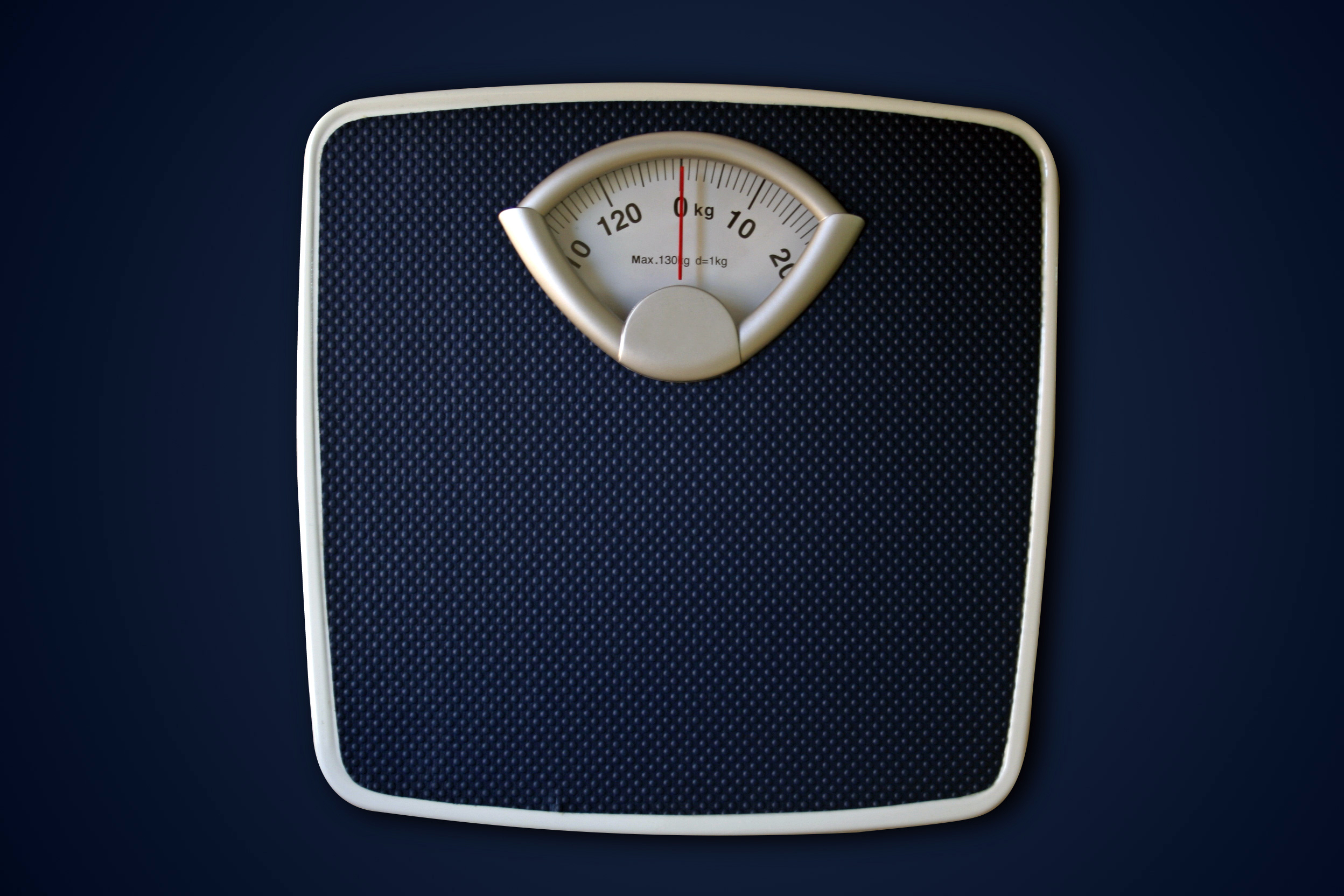
TUESDAY, March 9 (HealthDay News) — Giving a kidney carries few health risks, with donors living just as long or sometimes even longer than those who don’t donate, the largest study to date of donors has found.
Using data on more than 80,000 U.S. residents who donated a kidney between 1994 and 2009, researchers found that donors lived just as long as people who were matched for age, gender, ethnic background and other health and demographic factors but who did not donate a kidney.
The average length of follow-up was more than six years, although researchers had more than 12 years of data on 10,000 donors, according to the analysis in the March 10 issue of the Journal of the American Medical Association.
“On average, if you compare somebody who has donated and lives with one kidney and compare them to someone just like them who lives with two kidneys, there is no increased risk of mortality,” said study author Dr. Dorry Segev, a transplant surgeon and director of clinical research in transplant surgery at Johns Hopkins University School of Medicine in Baltimore.
Each year, about 6,000 living donors in the United States have a kidney removed to save another. About half donate to save a blood relative, Segev said. The other half donate to a friend or loved one, such as a spouse. A small number, about 100 a year, donate a kidney to save a stranger’s life, Segev said.
“People who donate kidneys are heroes,” Segev said. “They take risks for the direct benefit of another person.”
In the study, researchers examined data from the United Network for Organ Sharing (UNOS) national registry and compared it to data on more than 9,000 participants in the third National Health and Nutrition Examination Survey.
While kidney donation is very safe, it’s not completely without risk, the researchers noted. About 25 donors died within 90 days of the operation, putting the risk of death at 3.1 per 10,000 donors compared to 0.4 per 10,000 people who did not donate.
Although the researchers did not specifically study cause of death, complications from kidney removal could include major bleeding, reactions to anesthesia or blood clots, similar to those that could occur with any surgery, Segev said.
Men had higher surgical mortality than women, and blacks were more likely to die than whites or Hispanics, as were donors with high blood pressure.
“There is a three in 10,000 chance you will die from the operation. That is a real risk,” Segev said. “While the risk is not zero, it happens to be one of the safest operations you can ever possibly have.”
For comparison, the risk of death following gallbladder removal, also considered to be among the safest operations, is 18 per 10,000.
One year following the donation, the risk of death among those who donated was the same as those who didn’t donate. And beyond that, donors had a similar — and even a bit lower — risk of dying as those who didn’t donate. Five years out, the risk of death was 0.4 per 10,000 donors and 0.9 per 10,000 non-donors. Twelve years out, the risk of dying was 1.5 per 10,000 donors and 2.9 per 10,000 non-donors, according to the report.
There are two possible reasons why some people with one kidney may live longer than those with two, said Dr. Matthew Cooper, chairman of the UNOS living donor committee and director of kidney transplant and clinical research at University of Maryland School of Medicine.
One explanation is that those who donate, knowing they have only one kidney, see a doctor more frequently and take better care of themselves. Another possibility is that donors go through a rigorous screening process, which may mean healthier people are selected to begin with, Cooper explained.
“This study reaffirms what many of us have read in the transplant literature and recognize in our own practices,” Cooper said. “Kidney donation is a safe process in the hands of a responsible transplant center that values the long-term health of living donors.”
Still, the study authors noted that it’s important to continue to monitor and gather data on donors over the long term. The national registry includes health information only up to a year or two post-transplant. The researchers used the Social Security Death Master File to determine who died, but could not analyze quality of life or any other health issues that might have developed.
“In that long gap of time between one year and many decades after the surgery, we don’t have a lot of information about what happens with living donors,” Cooper said.
Previous research has also shown kidney donation to be overwhelmingly safe. A study published in 2009 in the New England Journal of Medicine tracked nearly 3,700 kidney donors from as far back as 1963 and found their life expectancy was the same as those who didn’t donate.
While the donors in that study were primarily white, in the current study 13 percent of donors were black and 12 percent were Hispanic, a more accurate reflection of who donates, Segev noted.
More information
The United Network for Organ Sharing has more on becoming a living donor.

